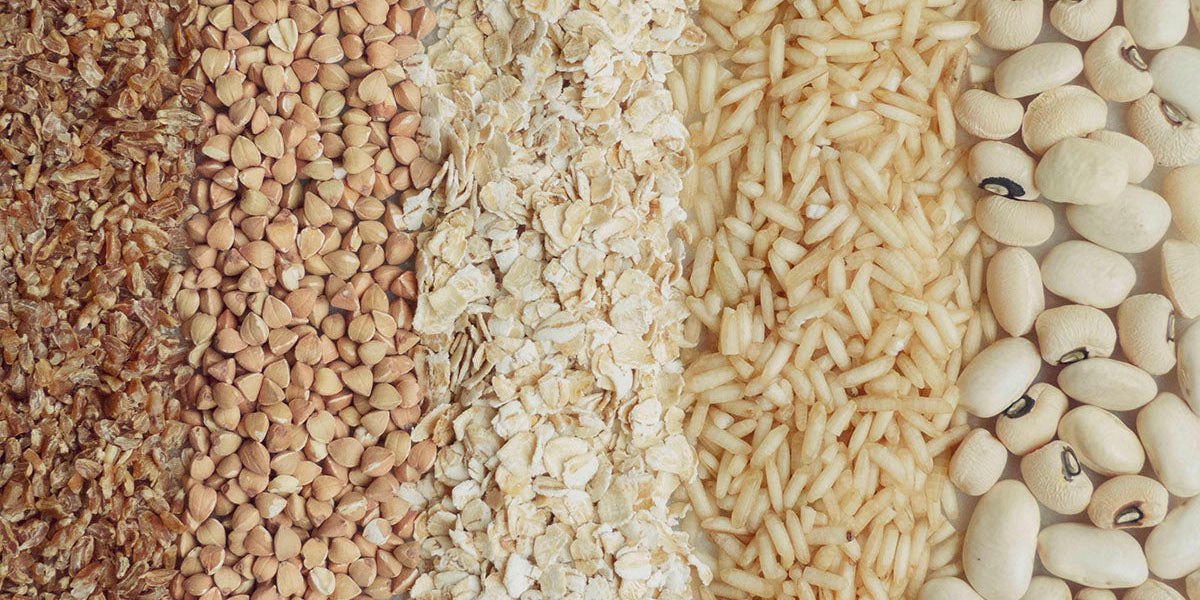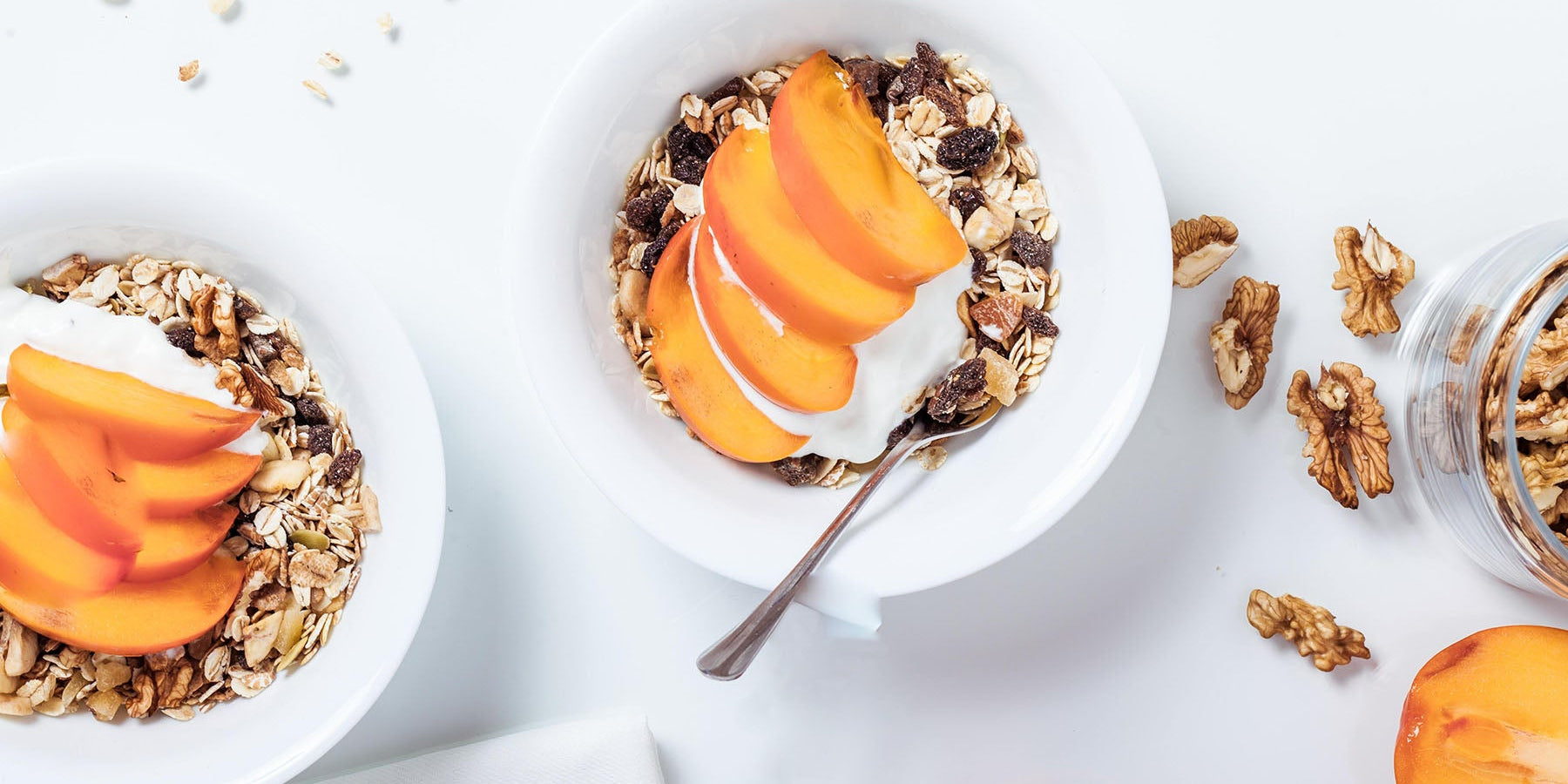Have you ever wondered how much fiber your child should be getting and where to find it? Many children and adults fall short of the daily fiber requirement. But, with a little help, you can begin slowly adding fiber into your child’s diet and, in the process, reap the many benefits fiber has to offer. High fiber diets are significantly lower risk for developing coronary heart disease, stroke, hypertension, diabetes, obesity, and certain gastrointestinal diseases (1). The national fiber recommendation for children is about 14 grams of fiber for every 1,000 calories they eat. So, toddlers ages 1-3 should get about 19 grams of fiber per day, and children ages 4-8 should get about 25 grams of fiber daily. A simple way to determine if a food is high in fiber is to see if it contains at least 3-5 grams per serving. In this article, you will learn about five high-fiber foods to include in your child’s diet.
Beans
Legumes are generally the most recognized food with high fiber content. Beans are a naturally rich source of fiber, protein, vitamins, and minerals. A common complaint about beans is that they can cause intestinal gas and discomfort. To prevent this, slowly introduce them into your child’s diet to give their bodies time to adjust to the fiber. A few simple ways to add them to meals is to substitute animal protein in salads, main dishes, soups, and side dishes.
- Black beans, cooked: 1 cup, 15g
- Garbanzo beans, cooked: 1 cup, 12g
- Navy beans, cooked: 1 cup, 19g
- Pinto beans, cooked: 1 cup, 15g
Bran
Bran is an excellent source of fiber. In particular, the high content of soluble fiber in oat bran helps reduce blood cholesterol, while the high content of insoluble fiber in wheat bran helps prevent constipation. These bran types are a great addition to baked goods such as muffins or bread, oatmeal, or even pancakes. Your kiddos will not even notice how much fiber they are eating with the addition of bran to their favorite foods.
- Oat bran, raw: 1 ounce, 12g
- Wheat bran, raw: 1 ounce, 12g
Whole grains
Whole grains are a nutrition-packed food with excellent fiber content. If you want to add fiber into your child’s diet, whole grains are the way to go. Whole grains are grains with their bran, germ, and endosperm still intact. Refined grains are grains with their germ and bran removed, eliminating their fiber, protein, and other key nutrients. Swapping whole grains for refined grains in your child’s diet is an easy way to add in fiber to help meet their daily needs. Try whole grains in side dishes, salads, bread, crackers, and snacks.
- Oats, dry: ½ cup, 4g
- Quinoa, cooked: 1 cup, 5g
- Brown rice, cooked: 1 cup, 4g
- Spaghetti (whole wheat), cooked: 1 cup, 6g
Berries
You may recognize berries as being high in antioxidants, but they are also high in fiber. Even though they are small, they are packed with fiber from their seed content. You can enjoy berries year-round, although they are most fresh in summer when they are in season. In other seasons, choose frozen, preserved, and dried berries. Berries are a versatile fruit that can be added to cereals, yogurt, salads, and even baked goods to add additional fiber.
- Raspberries, raw: 1 cup, 8g
- Blackberries, raw: 1 cup, 8g
- Blueberries, raw: 1 cup, 4g
Peas
Fresh peas and dried peas are rich in fiber and are easy to add to any meal. They are also low in calories, high in protein, and contain various vitamins, minerals, and antioxidants. Use fresh or frozen green peas and dried peas in soups, side dishes, salads, and even pesto.
- Peas, split, cooked: 1 cup, 16g
- Peas, green, frozen: 1 cup, 14g
Sources
- Anderson, J. W., Baird, P., Davis, R. H., Jr, Ferreri, S., Knudtson, M., Koraym, A., Waters, V., & Williams, C. L. (2009). Health benefits of dietary fiber. Nutrition reviews, 67(4), 188–205. https://doi.org/10.1111/j.1753-4887.2009.00189.x



